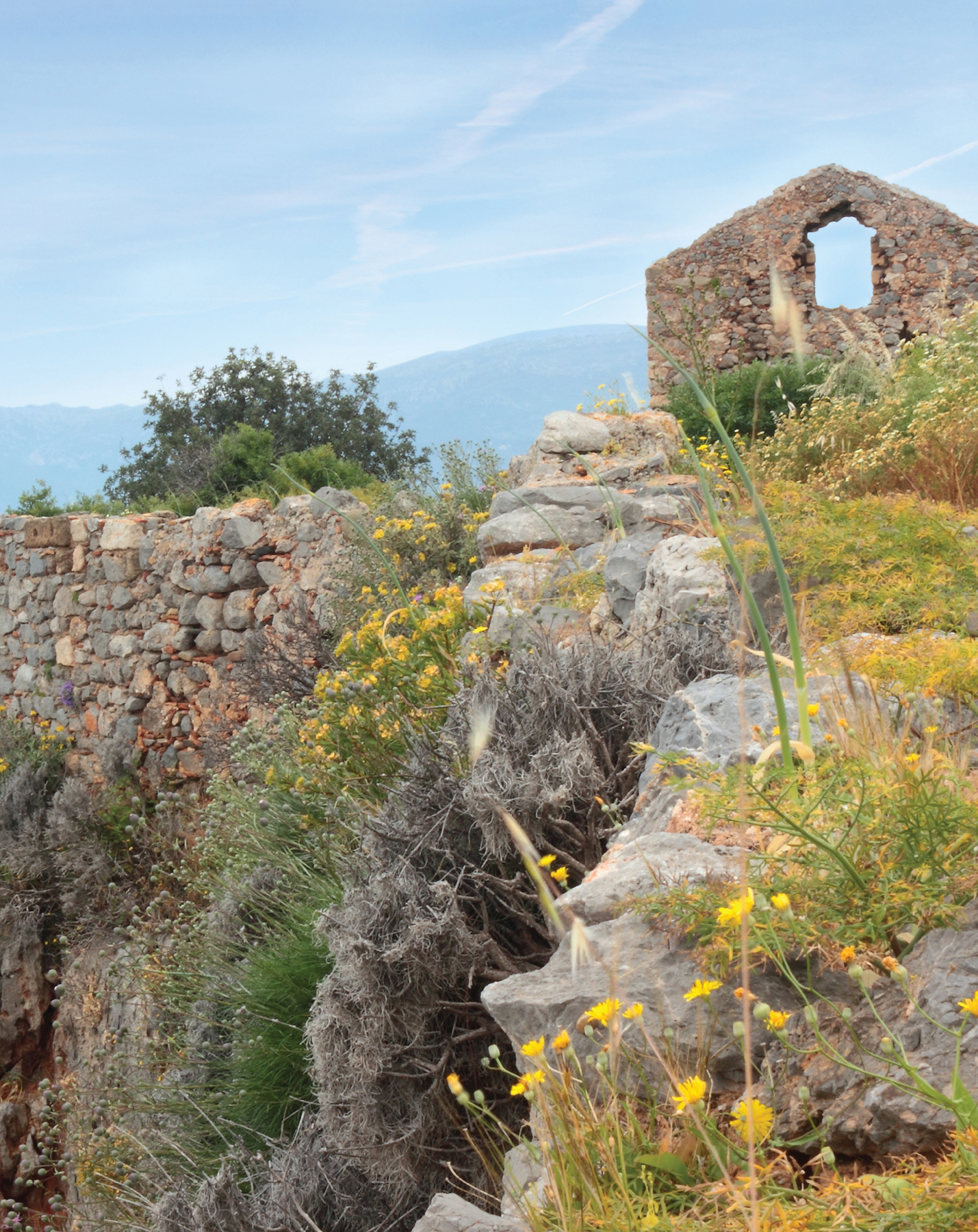


Κάλλιο λάχανα με γλύκα, παρά ζάχαρη με πίκρα

“Better to have cabbage with sweetness, rather than sugar with bitterness.” (Meaning: It’s better to be poor and happy than rich and miserable.)
Perhaps more than in any other chapter in this book, the sweet end is also the most creative few pages. In a conscious decision to avoid the clichés, such as baklava, kataifi, galaktoboureko, and all the other sweets one can find in countless Greek cookbooks, including my own older ones, I wanted to honor the present.
Greek pastry has seen a revolution in the past few years, as more and more chefs in Greek restaurants the world over experiment with traditional ingredients and transform them into contemporary dreamscapes.
Mastiha, for example, the resinous spice from the island of Chios, has gone from being an ingredient from my mother’s generation used once or twice a year in holiday breads to one that graces everything from chocolate to Hellenized versions of panna cotta. Liqueurs, traditional spoon sweets (seasonal fruits, immature nuts, and young vegetables put up in sugar syrup), honey, tahini, and other Old World ingredients or preparations are now showcased in wonderful contemporary Greek desserts.
In these next few pages, I create a new Greek sweet end for home cooks to enjoy.